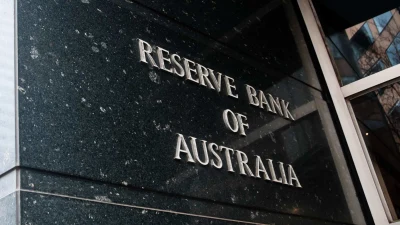Why did the RBA opt for a 0.25% rise?


The Reserve Bank of Australia (RBA) has offered insight into its decision to raise rates by 0.25% at the last meeting.
At the minutes of the meeting, held on 3 May, the RBA said there were three options on the table for a rate rise: raising by 15 basis points, 25bps or 40bps.
There was no option for delaying a raise as inflation had increased substantially to above its 2%-3% target range which made the case for a rise in the cash rate. Inflation was unlikely to return to within the range until late-2024, the minutes said.
“Members agreed that the condition the board had set to increase the cash rate had been met. They also agreed that further increases in interest rates would likely be required to ensure that inflation in Australia returns to the target over time.”
The raise of 15bps was “not the preferred option” as it was likely to require further rate rises afterwards. It would also be inconsistent with the historical trend of raising rates by no less than 25bps.
There was a possibility of a raise of 40bps “given the upside risks to inflation and the current very low level of interest rates”.
Therefore, the committee felt the preferred option was 25bps to bring rates to 0.35%.
“A move of this size would help signal that the board was now returning to normal operating procedures after the extraordinary period of the pandemic. Given that the board meets monthly, it would have the opportunity to review the setting of interest rates again within a relatively short period of time, based on additional information,” it said.
Recommended for you
Money Management examines the share price of financial advice licensees over one year to 31 March, with M&A actions in the final quarter having a positive effect for two licensees.
A $3.5 million settlement for victims of Melissa Caddick has been approved by the Federal Court following an initial agreement last December.
The Reserve Bank of Australia has delivered its first rate decision since the introduction of a new board structure last month.
Digital advice provider Otivo has launched an interactive tool, powered by artificial intelligence and Otivo’s own advice engine, to help answer client questions.















